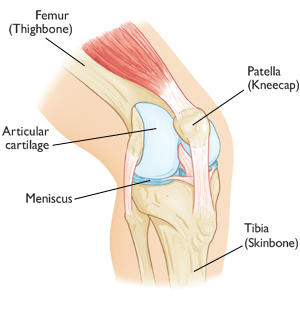Patellofemoral Pain Syndrome
A very common condition we see affecting both young and old is patellofemoral pain syndrome also knows as runners knee. The repetitive stress associated with running or repetitive loaded movements like squatting can irritate the kneecap where it articulates with the femur. It is most often due to poor kneecap alignment and the way it tracks over the femur that can cause increased stress of the joint. The pain can vary from sharp to dull and can be constant or intermittent.
The Most Common Causes Are:
• Poor control or balance between the inner and outer quadriceps muscles in the front of the thigh
• Tightness of the soft tissues structures around the kneecap
• Overpronation of the feet
• Poor mobility of the ankle and joints of the foot
• Increasing training volumes with out correct progression
• Changing footwear or the surface trained on
• Poor lower limb/spinopelvic biomechanics

Role of a Sports Chiropractor:
A full examination including gait analysis, orthopaedic, neurological and muscle testing paired with a thorough history can be used to identify contributing factors. Generally training load and volume management is key through the treatment process. Cause dependent – modalities such as strapping, dry needling, soft tissue therapies, joint manipulation/ mobilisation will be used to normalise the structures with the key for long term relief and management being rehabilitation of the quadriceps muscles and correct lower limb biomechanics . When symptoms have dissipated a progressive return to play can occur.



.jpg)
